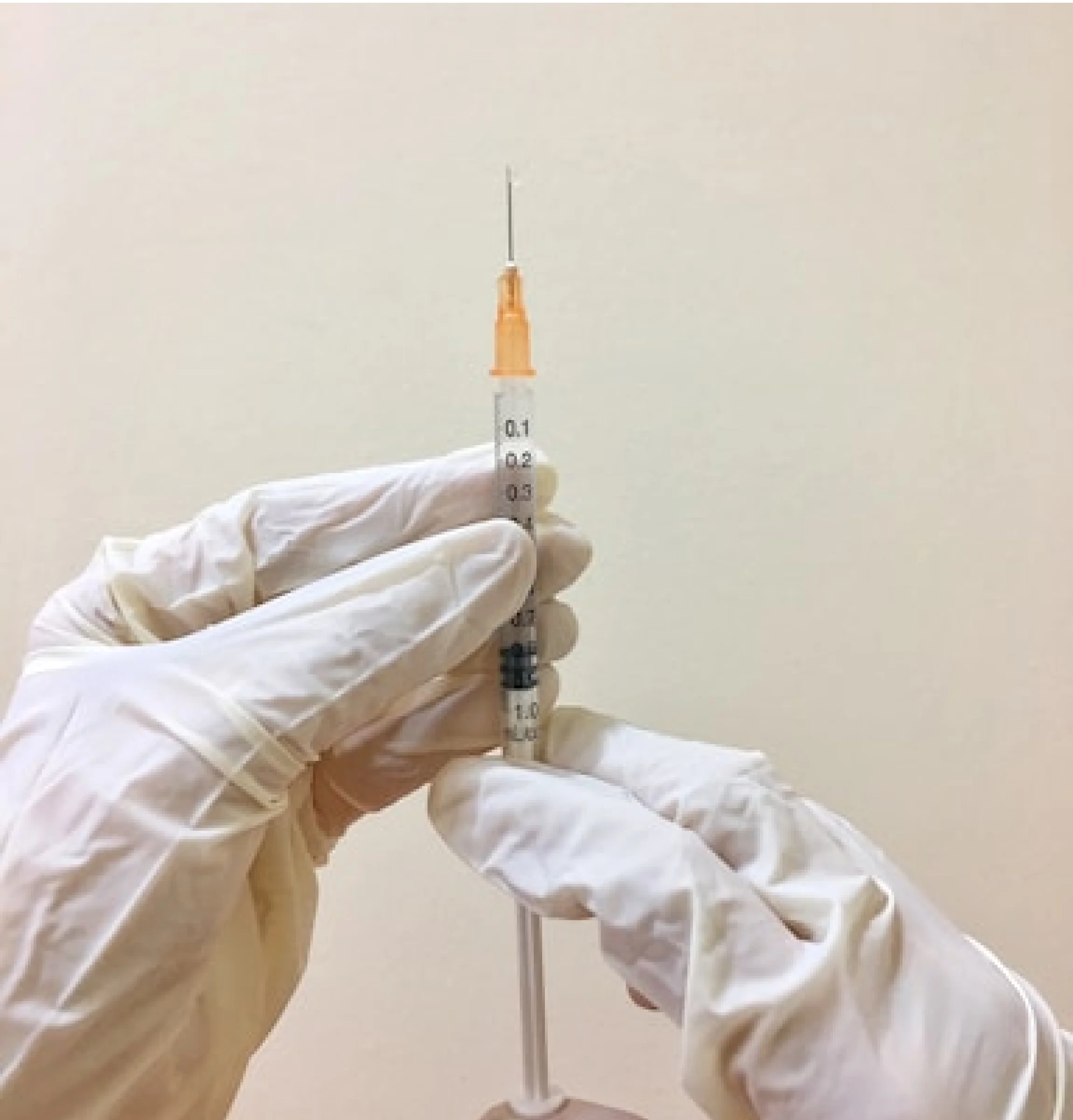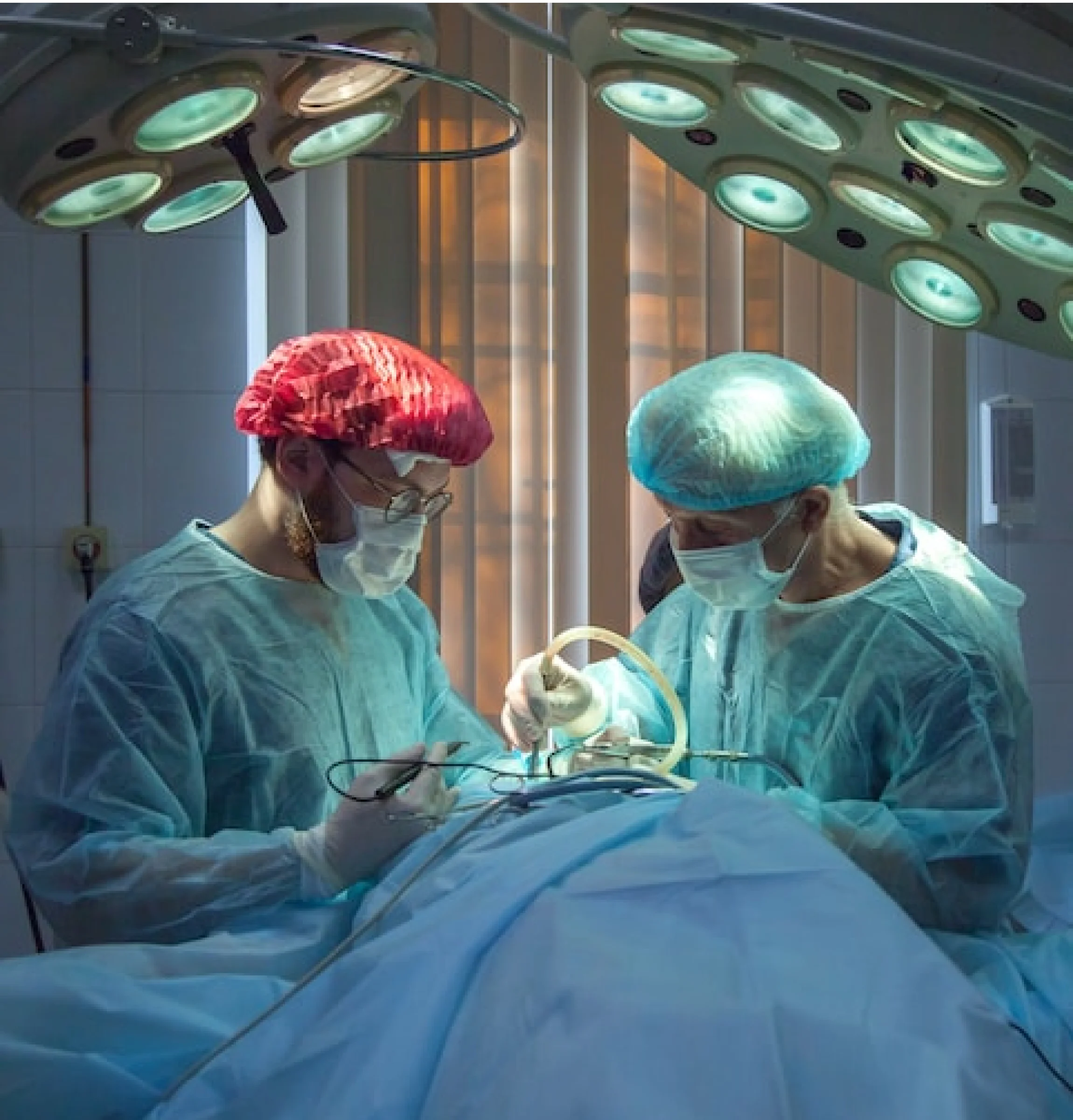Bux Pain Management
Board Certified Anesthesiologist located in Lexington, Cynthiana, & Danville, KY
People with lumbar spinal stenosis know how difficult it is to find a treatment that effectively relieves lower back pain. As a pain management specialist with more than 20 years of experience, Anjum Bux, MD, offers the most advanced spinal stenosis treatments at Bux Pain Management in Lexington, Cynthiana, and Danville, Kentucky. He’s proud to provide relief from back pain using Boston Scientific’s Vertiflex™ Procedure. This treatment uses a small implant to restore the natural space between the vertebrae, relieving pain and improving mobility. Call Bux Pain Management today or schedule an appointment online to learn more.
Vertiflex Q & A
What is the Vertiflex Procedure?
The Vertiflex Procedure is an FDA-approved treatment for lumbar spinal stenosis, a condition that affects your lower back. Vertiflex uses a small spacer to restore the space between your vertebrae, opening up your spinal canal.
Lumbar spinal stenosis causes a gradual narrowing of the spinal canal surrounding your spinal cord. As your spinal canal narrows, it puts pressure on the nerves in and around it. Irritated nerves in the lumbar spine typically lead to:
- Lower back pain
- Tingling, numbness, or weakness in your legs
- Trouble walking long distances
- Sciatica (pain and numbness down the backs of your legs)
By restoring the space between your vertebrae, Vertiflex prevents spinal compression. This eases your lumbar spinal stenosis symptoms.
How does the Vertiflex implant work?
Vertiflex has an anatomical design that fits perfectly between the vertebrae in your lumbar spine. It contains small pieces that look like arms to prevent the implant from moving out of place.
Dr. Bux inserts the implant through a small incision in your lower back. Vertiflex then holds your vertebrae open to relieve pressure on the spinal canal. Once placed, the implant prevents extension of your spine while providing much-needed flexibility.
What happens during the Vertiflex Procedure?
Before you come in for your procedure, talk to Dr. Bux about the medications you’re taking. Certain medicines that prevent proper blood clotting can interfere with the procedure.
The implant procedure requires using a general anesthetic, so you won’t be conscious. Dr. Bux does the procedure using X-ray imaging (fluoroscopy) for accuracy. He makes a small incision in your back and places the device between two vertebrae. Finally, Dr. Bux closes the incision with sutures.
In most cases, placing the Vertiflex implant takes less than two hours. The procedure is minimally invasive, so you can return home within a few hours to recover from it.
What happens after the Vertiflex Procedure?
You should avoid bending, twisting, or lifting heavy objects for at least six weeks after the Vertiflex procedure. It’s normal to feel some soreness during the first few days after the procedure. While Dr. Bux does recommend light walking, you should avoid strenuous activities while you recover.
If you want a minimally invasive alternative to back surgery, call Bux Pain Management today or book an appointment online to learn more about the Vertiflex implant.








